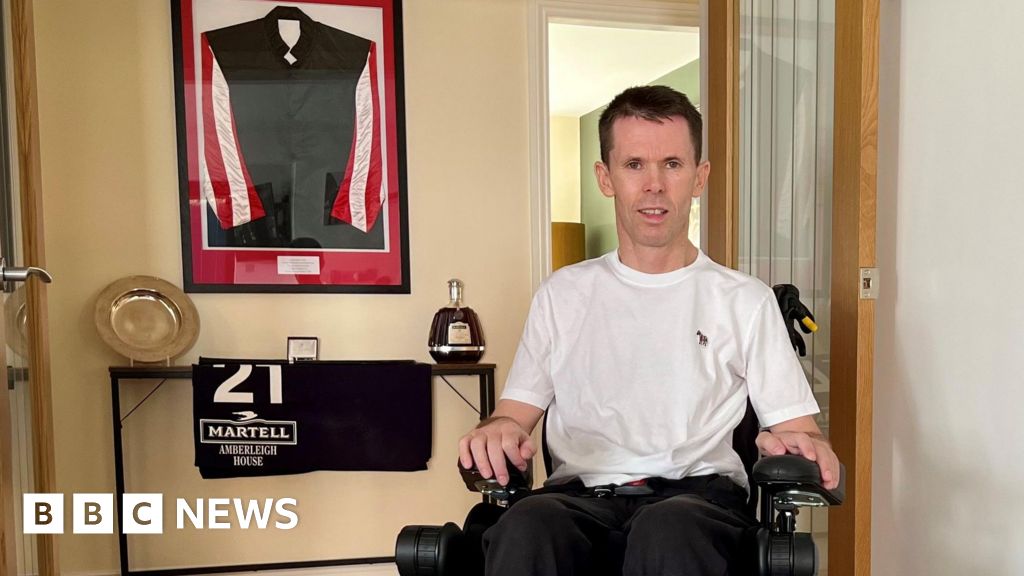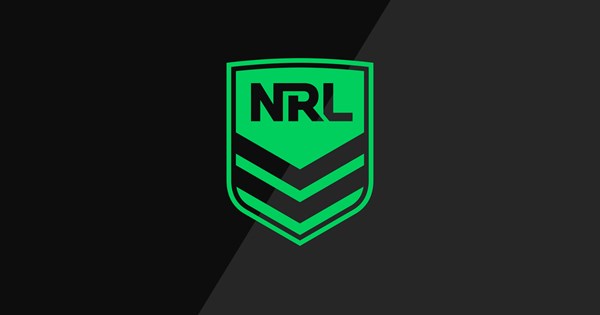Inside Amazon's massive NBA on Prime Video studio: See 5 photos of the basketball set

Key takeawaysPrime Video's new 13,000-square-foot NBA studio is one of the largest broadcast sets in the U.S.The two-story studio includes a regulation half-court with LED floors.Amazon's studio combines cutting-edge technology with multiple versatile spaces.When Amazon's new studio lights up for the first NBA on Prime broadcast, viewers will get their first glimpse of what might be the largest and most technologically advanced television set in the country.Located at Amazon MGM Studios in Culver City, California, the massive 13,000-square-foot, two-story studio is pushing the boundaries of sports broadcasting. For scale, that’s about the size of a typical big box retail store. The studio has over 2,300 LED screens, 22 cameras, as well as a regulation half-court basketball floor—all designed to bring viewers closer to the game than ever before.The studio isn't just big for the sake of being big. Every inch has been meticulously planned to create what the team calls an "NBA House"—a comfortable, casual environment where analysts can break down the game in a setting that feels less like a traditional studio and more like an upscale basketball hangout.The NBA House: A two-story basketball paradiseThe first thing to know about the studio is it’s two floors: The upper mezzanine and the lounge below it.Each level of the studio serves a specific purpose in the broadcast ecosystem. The upper mezzanine level hosts the main desk where the pregame show will originate, offering a vantage point similar to what viewers might see from broadcast booths at NBA arenas. Host Taylor Rooks will sit there, as well as studio analysts like Dirk Nowitzki, Blake Griffin, Steve Nash, Udonis Haslem, and more.Below the mezzanine, the ground floor transforms into a more casual lounge setting, complete with comfortable couches and chairs where analysts will host the NBA Nightcap show after games conclude.This hour-long postgame program will feature highlights, feature pieces, demonstrations, and in-depth breakdowns in a casual atmosphere so viewers can feel part of an authentic conversation about the game they love.A fully customizable studio spaceTo make sure the talent could fully embrace and utilize the different spaces, Prime Video added a suite of tech-forward innovations to empower the team tell the best and most interesting basketball stories.The most striking technological feature of the studio is its extensive use of LED screens—over 2,300 individual tiles containing approximately 3 billion pixels. These screens cover walls, floors, and dedicated display areas throughout the facility.This doesn't just create impressive visuals; it fundamentally changes how fans can understand and experience the game.That amount of screen not only enables the Prime Video team unparalleled flexibility with what they can display throughout the broadcast, but the high resolution allows for highly realistic imagery and backgrounds. The entire environment—including a regulation half-court basketball area—can instantly transform to show different NBA arenas, city skylines, or data visualizations.The basketball court isn't just for show, either—it's a functional half-court space with a hoop where analysts can demonstrate plays and concepts. Viewers will get a front-row seat as to how players, coaches, and scouts work through game tape before, during, and after matches. They could even play a game of “Horse” or a dunk contest if they wanted.Bringing NBA fans closer to the game than every beforeThe ultimate goal of the studio is to put viewers as close to the court as possible without them having to leave their home.Prime Video’s advanced camera systems deployed at NBA arenas—including drones, point-to-point flying cameras, and high frame-rate super slow-motion cameras—can feed directly into the studio environment, where analysts can break down plays with unprecedented detail and perspective.The studio uses six different cameras and 22 total to capture every storytelling angle the space has to offer, including 10 cinematic-style broadcast cameras with large sensors for shallow depth of field and personal storytelling as well as cameras behind the basket, on the court, and more.All of this will be shot in HDR (high-dynamic-range) and 1080p too, to create a natural viewing environment for audiences.So, when Blake Griffin is breaking down a game or a play on the studio court, Prime Video can showcase a 360-degree perspective with the array of camera angles.Combined with the LED environment's ability to recreate any NBA arena or visual scenario, Prime Video's broadcast team can analyze the game with tools that were previously impossible in a studio setting.This studio will be able to host more than just NBA broadcast. Other sports like Thursday Night Football, WNBA games (starting in 2026), NASCAR, and more could be showcased in this environment with the customizability of the LED screens and the breadth of space for analysts.In the end, Prime Video's NBA studio isn't just reimagining sports broadcasting—it's creating an entirely new way for fans to experience the game they love, blending cutting-edge technology with the comfortable, casual atmosphere of basketball culture.Next, check out everything you need to know about Thursday Night Football.







